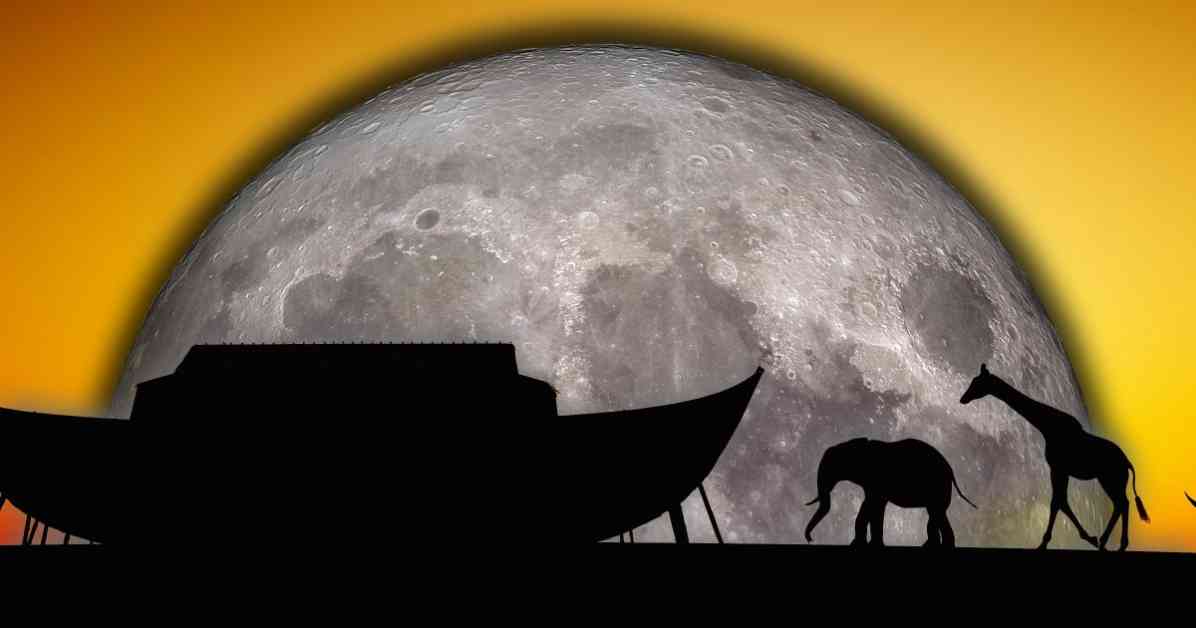Scientists are proposing a unique idea to preserve rare and at-risk species on Earth by building a ‘Noah’s Ark’ on the Moon. This ark, known as a biorepository, would serve as a frozen vault for species that are in danger of disappearing from our planet.
The plan is to construct this vault at either the north pole or the south pole of the Moon, where temperatures can reach as low as -200°C and craters create permanent shadows. The cold temperatures in these areas would power the vault, eliminating the need for an active power supply.
Leading scientists from prestigious institutions such as Harvard and the Smithsonian are collaborating on this project. They have already begun developing a protocol for space storage using the starry goby, a type of bony fish, as a model. However, one of the challenges they are facing is how to protect the frozen samples during space travel.
A similar frozen vault exists on Earth in Svalbard, Norway, but having a backup on the Moon is seen as a wise precaution. NASA is also interested in the Moon’s poles because of the presence of ice, which could support future human colonies.
The scientists believe that a lunar biorepository would safeguard biodiversity and serve as a hedge against potential threats to species on Earth, such as natural disasters, climate change, and resource depletion. Their initial focus is on cryopreserving animal skin samples with fibroblast cells, but the ultimate goal is to host live, cryopreserved samples of the most at-risk animals from Earth.
They emphasize that the establishment of a lunar biorepository will require collaboration among nations, cultural groups, agencies, and international stakeholders to develop governance and long-term plans. Protecting Earth’s biodiversity is crucial, especially as there is increasing interest in exploiting lunar resources for industrial and scientific purposes.
In conclusion, the creation of a ‘Noah’s Ark’ on the Moon is a long-term project that could have significant implications for the preservation of endangered species. By securing samples of at-risk animals in a frozen vault on the Moon, scientists hope to ensure the survival of these species in case of environmental or human-made threats on Earth. This ambitious plan underscores the importance of prioritizing the protection of our planet’s biodiversity.












